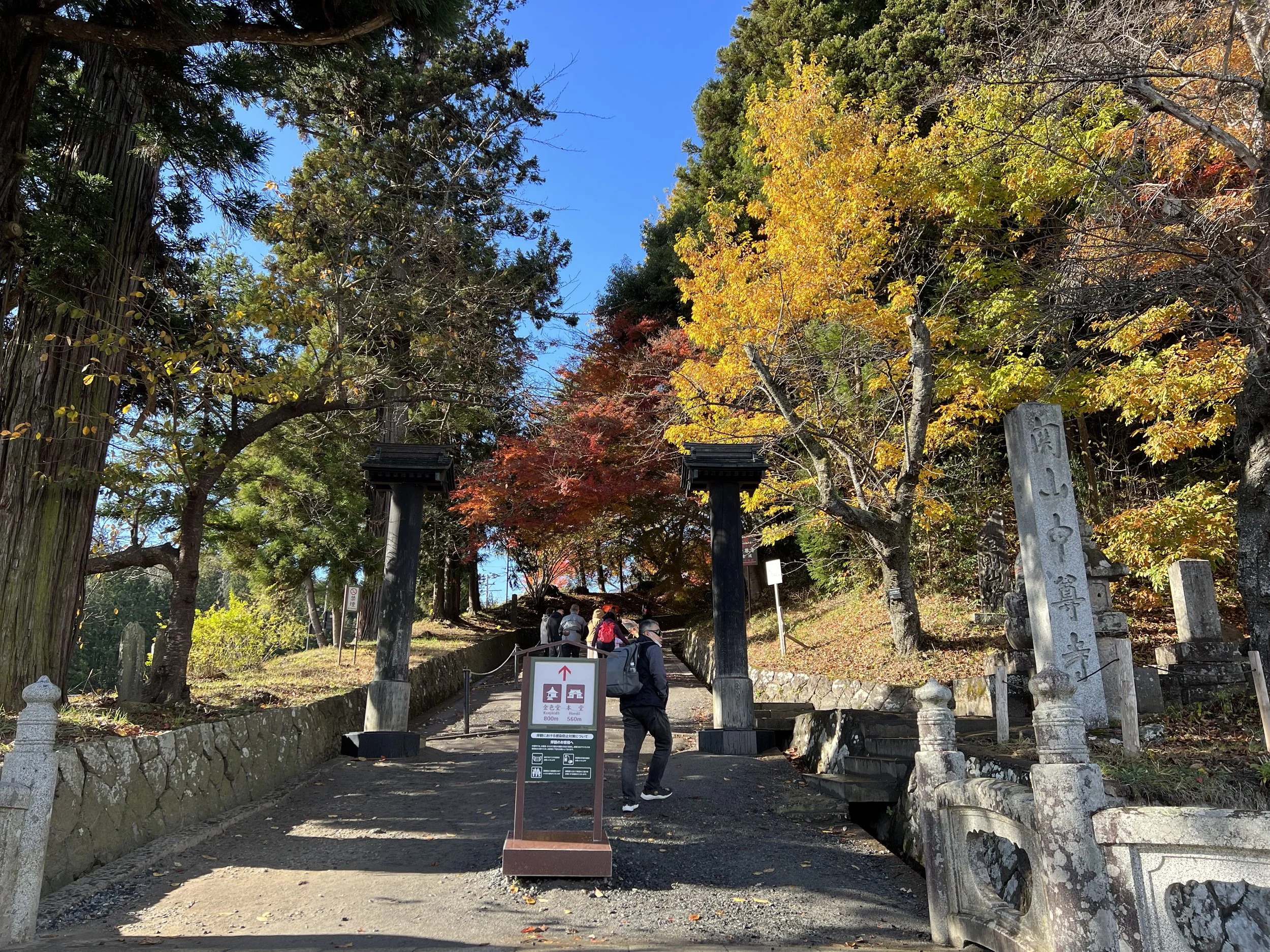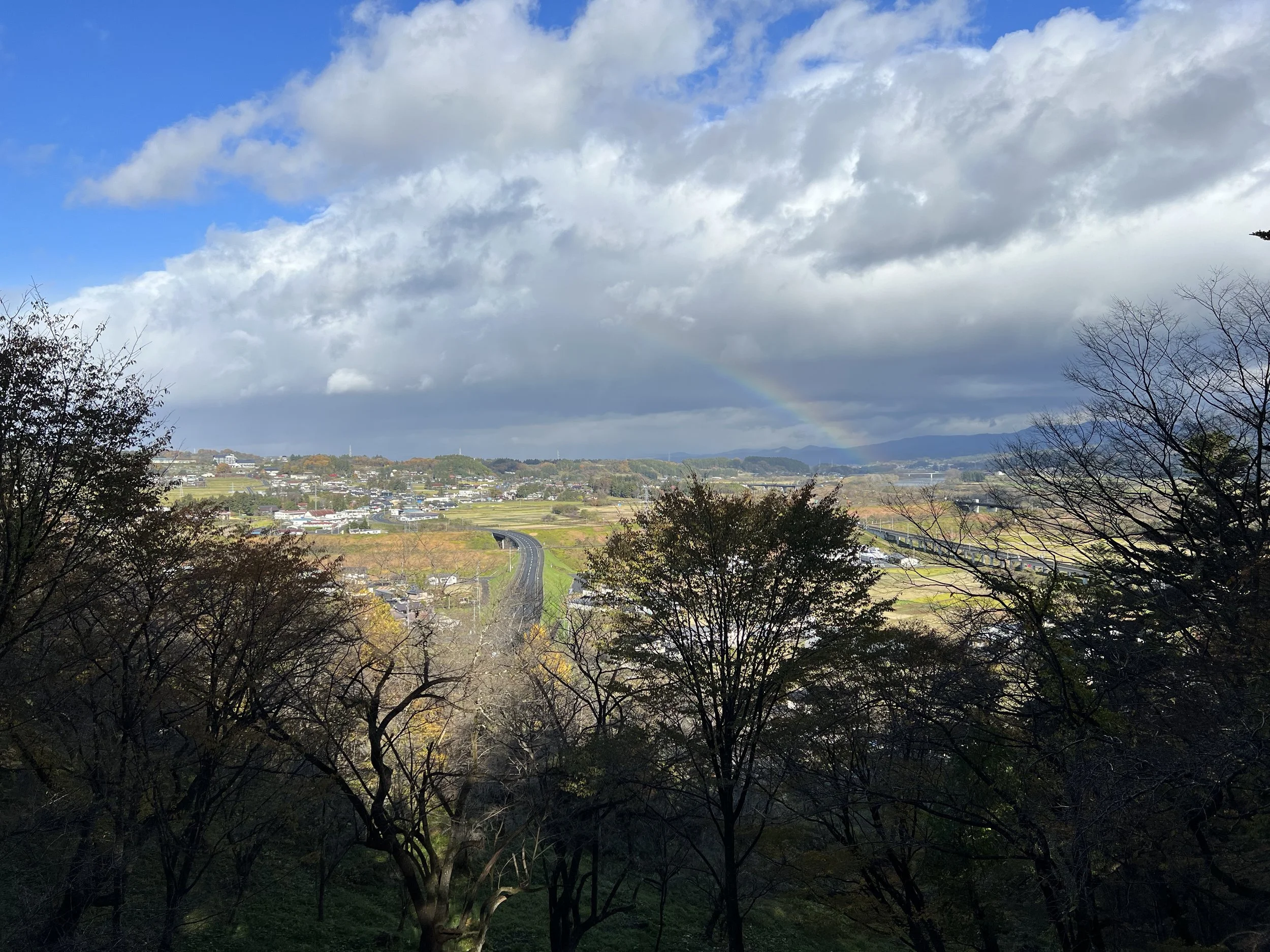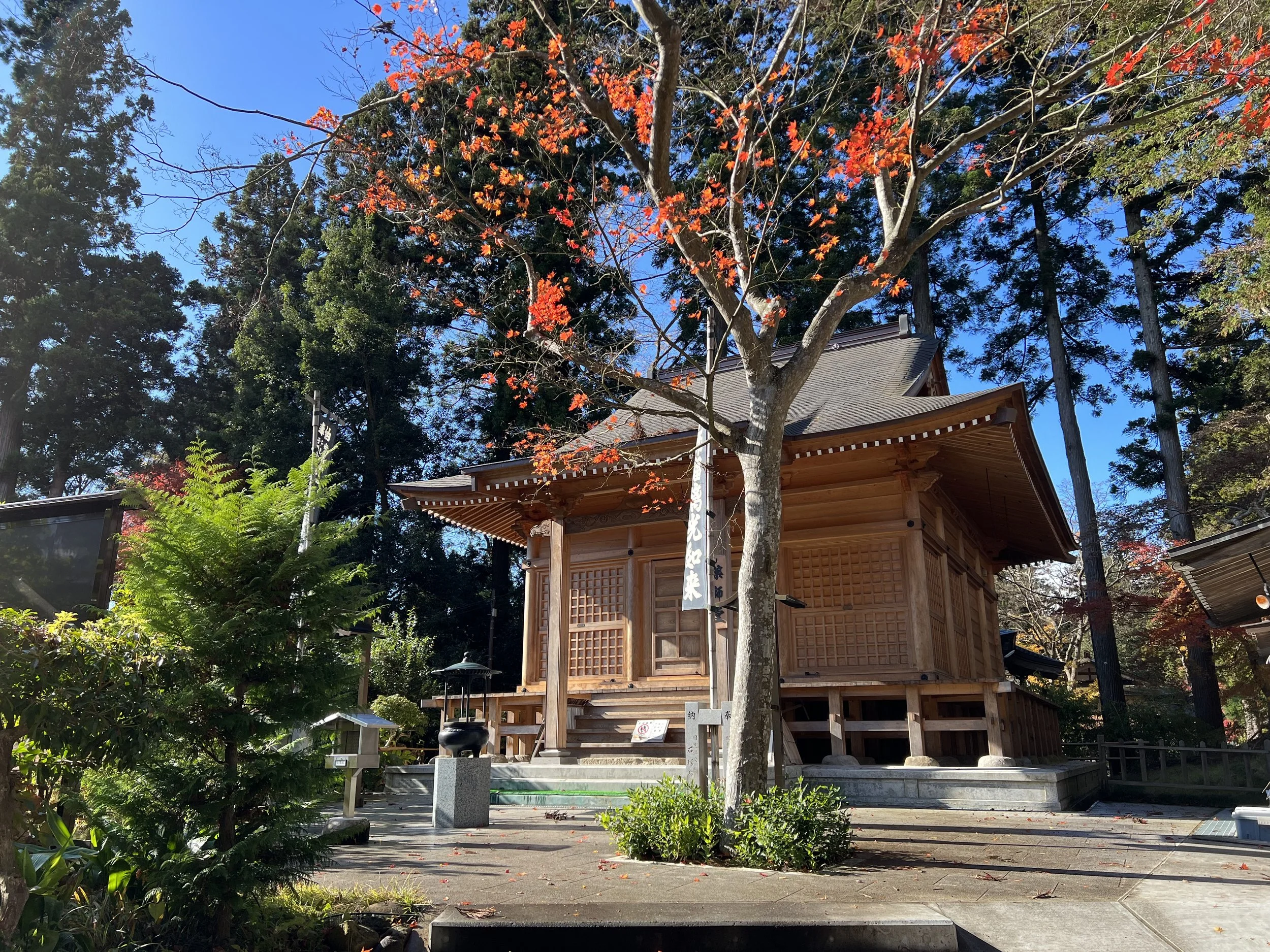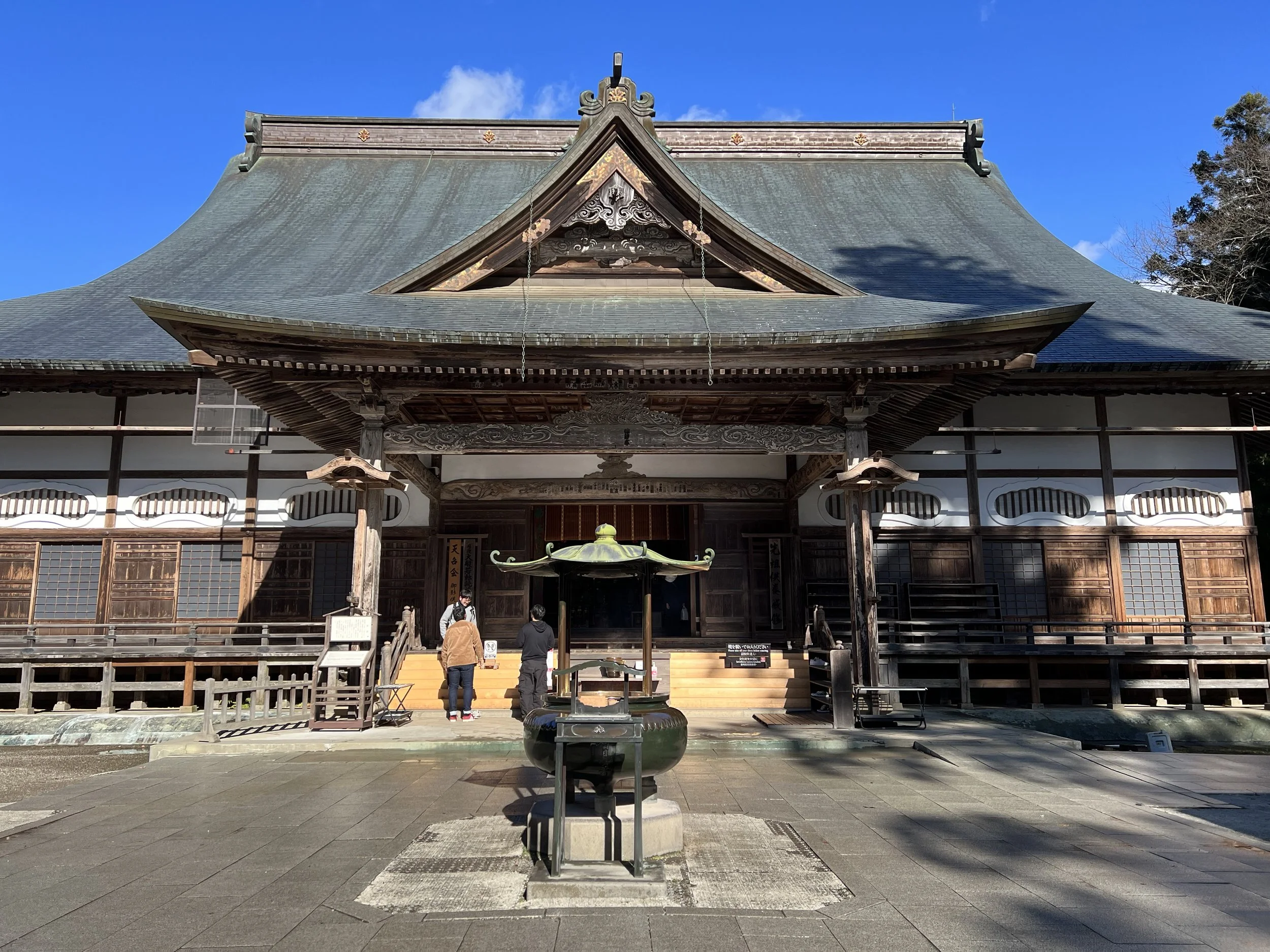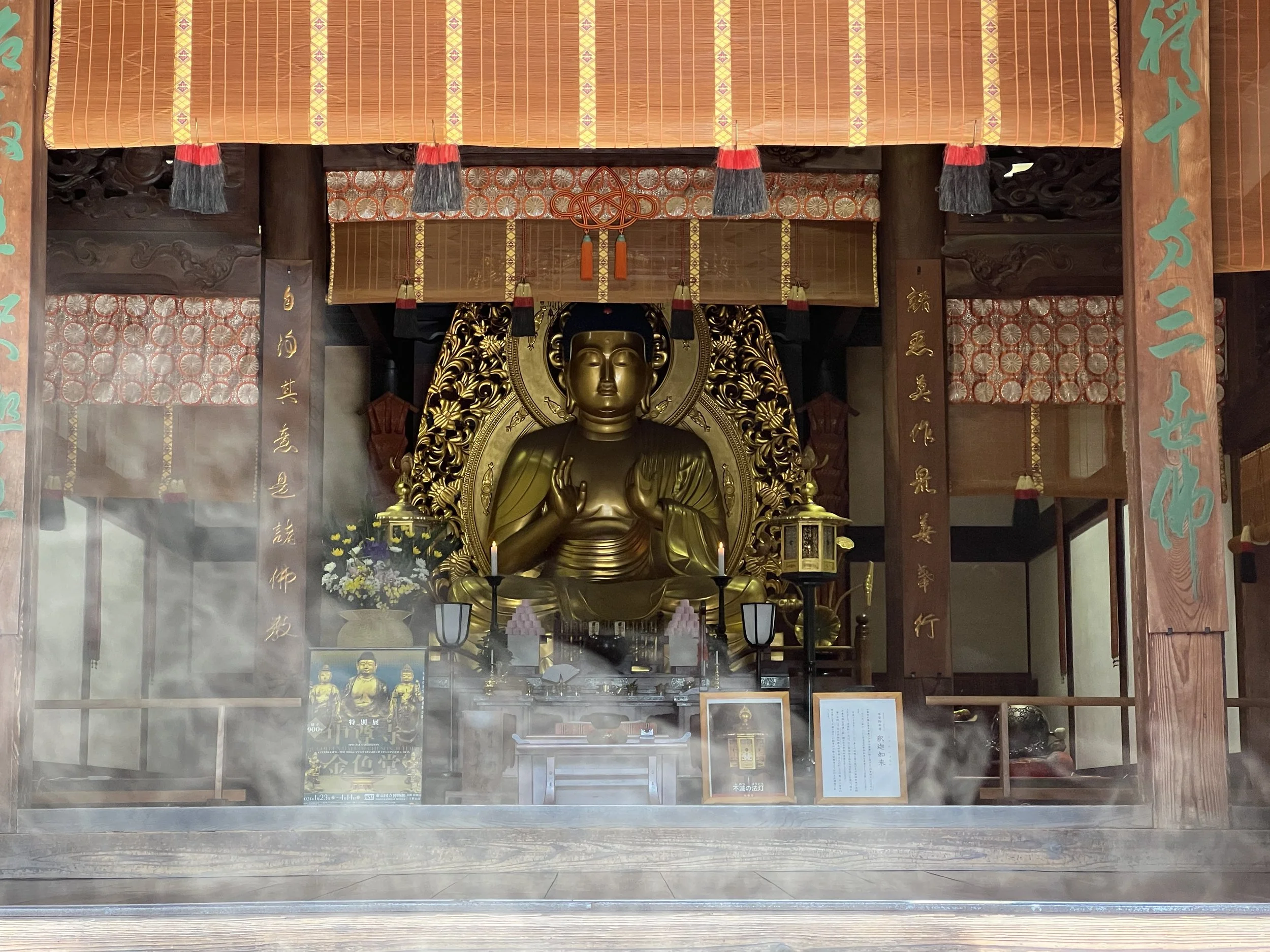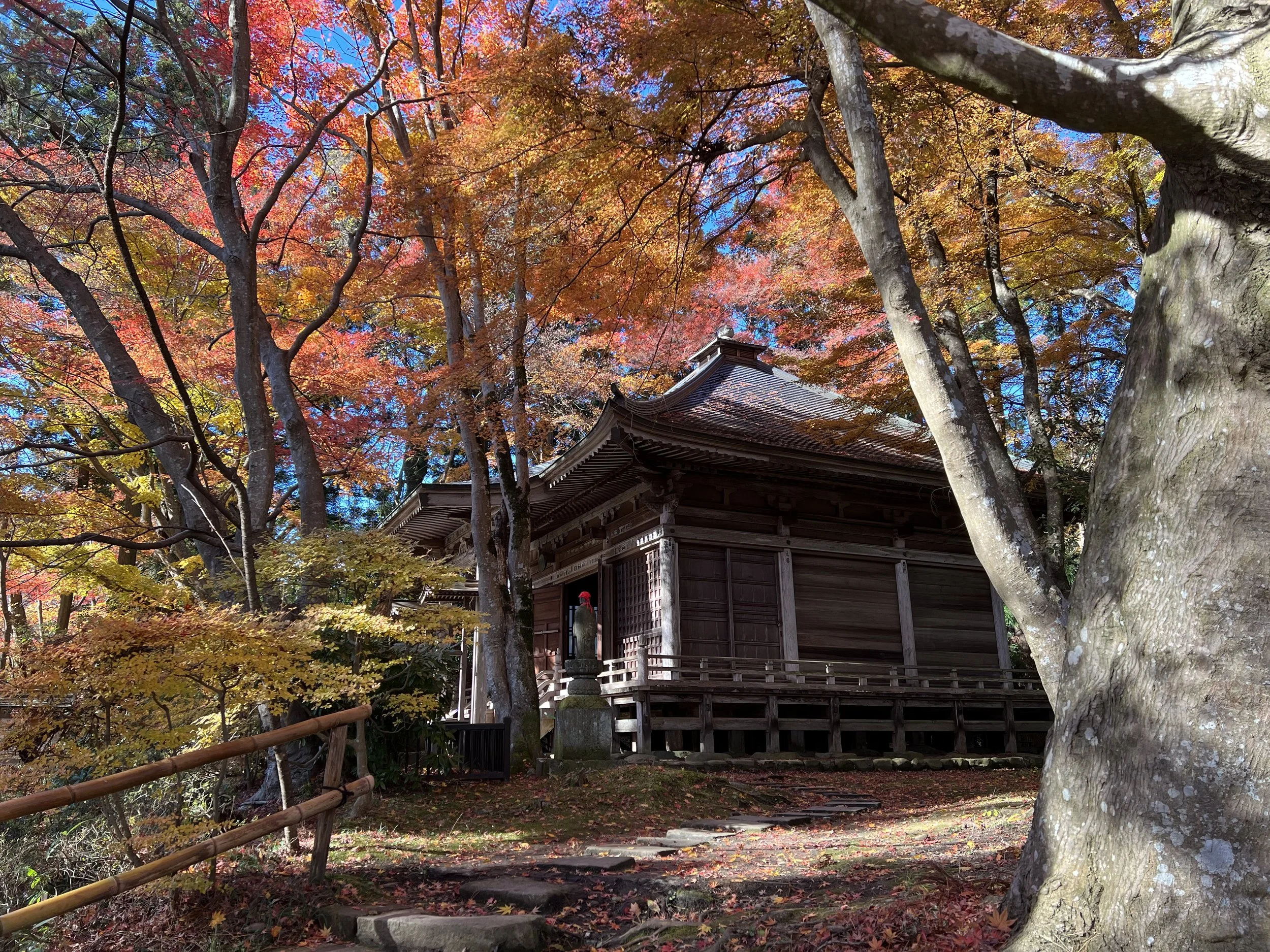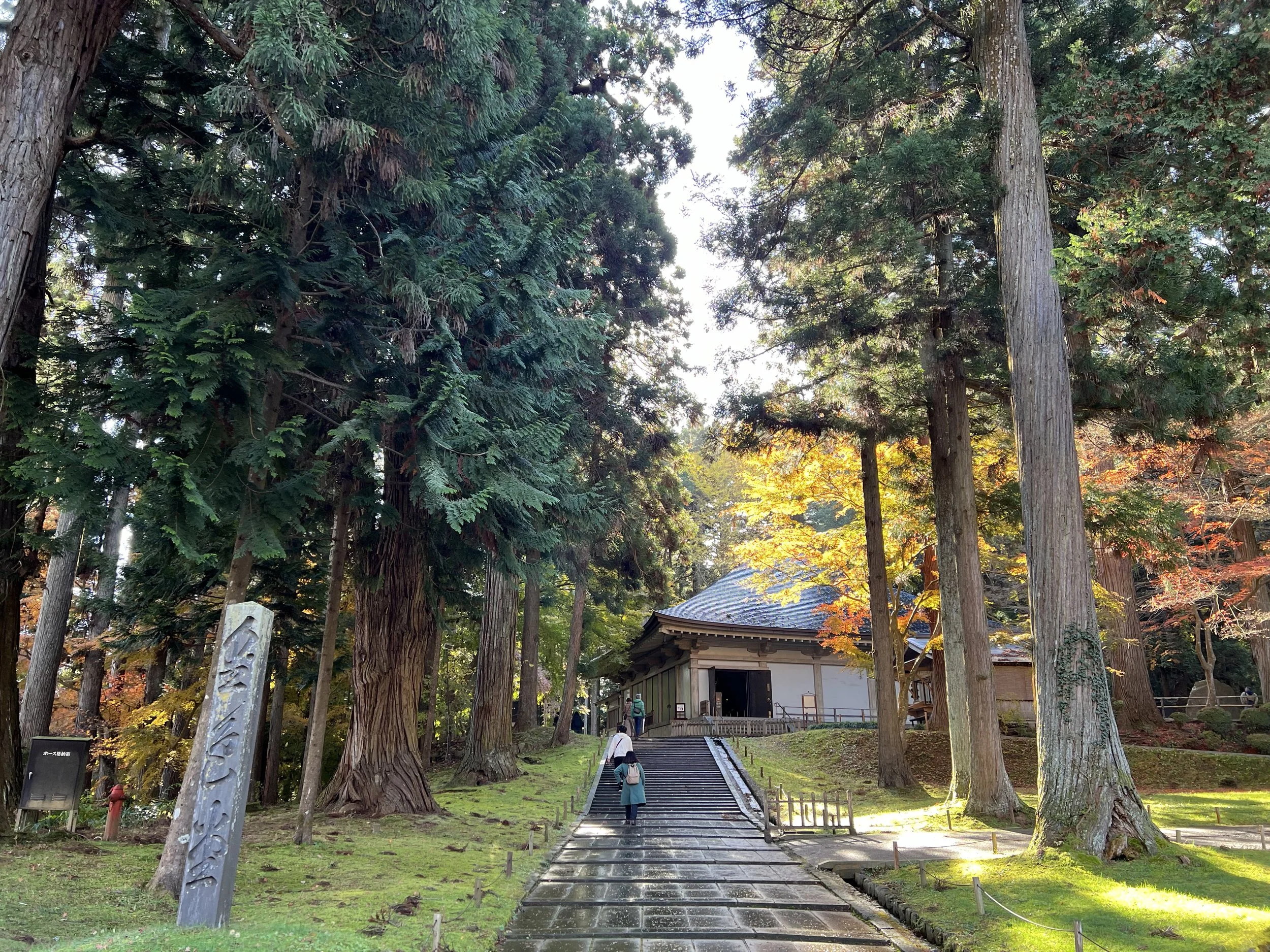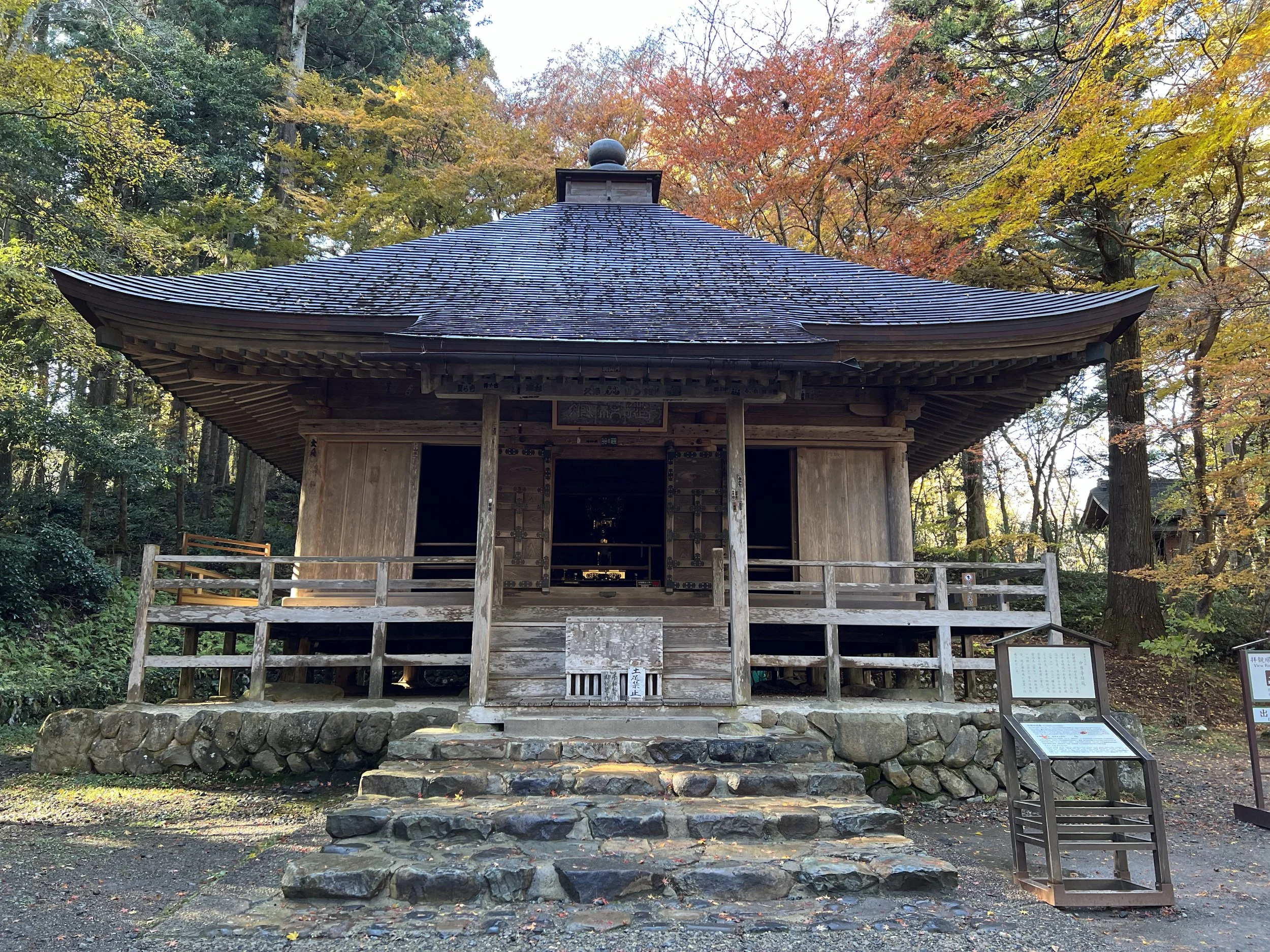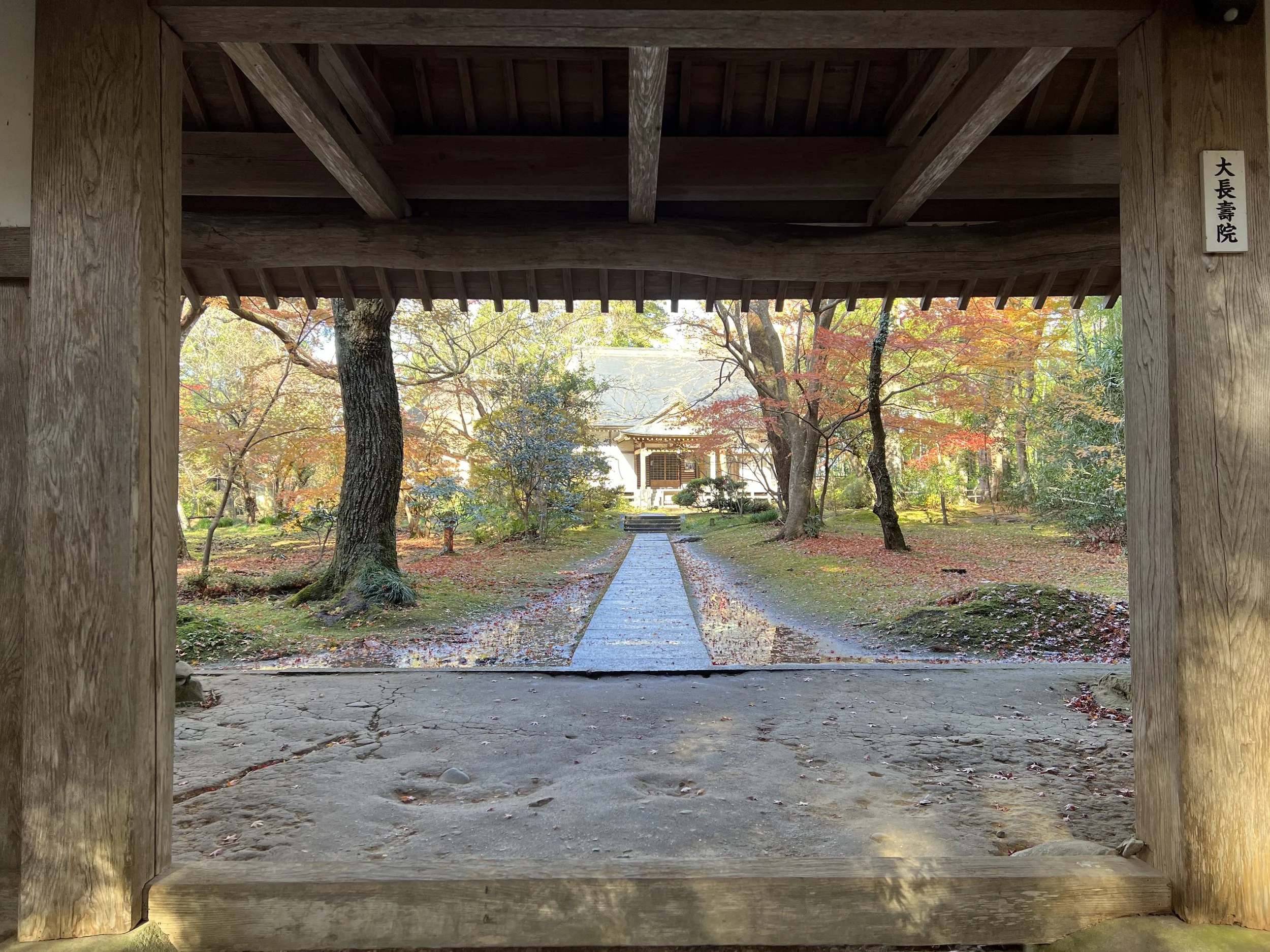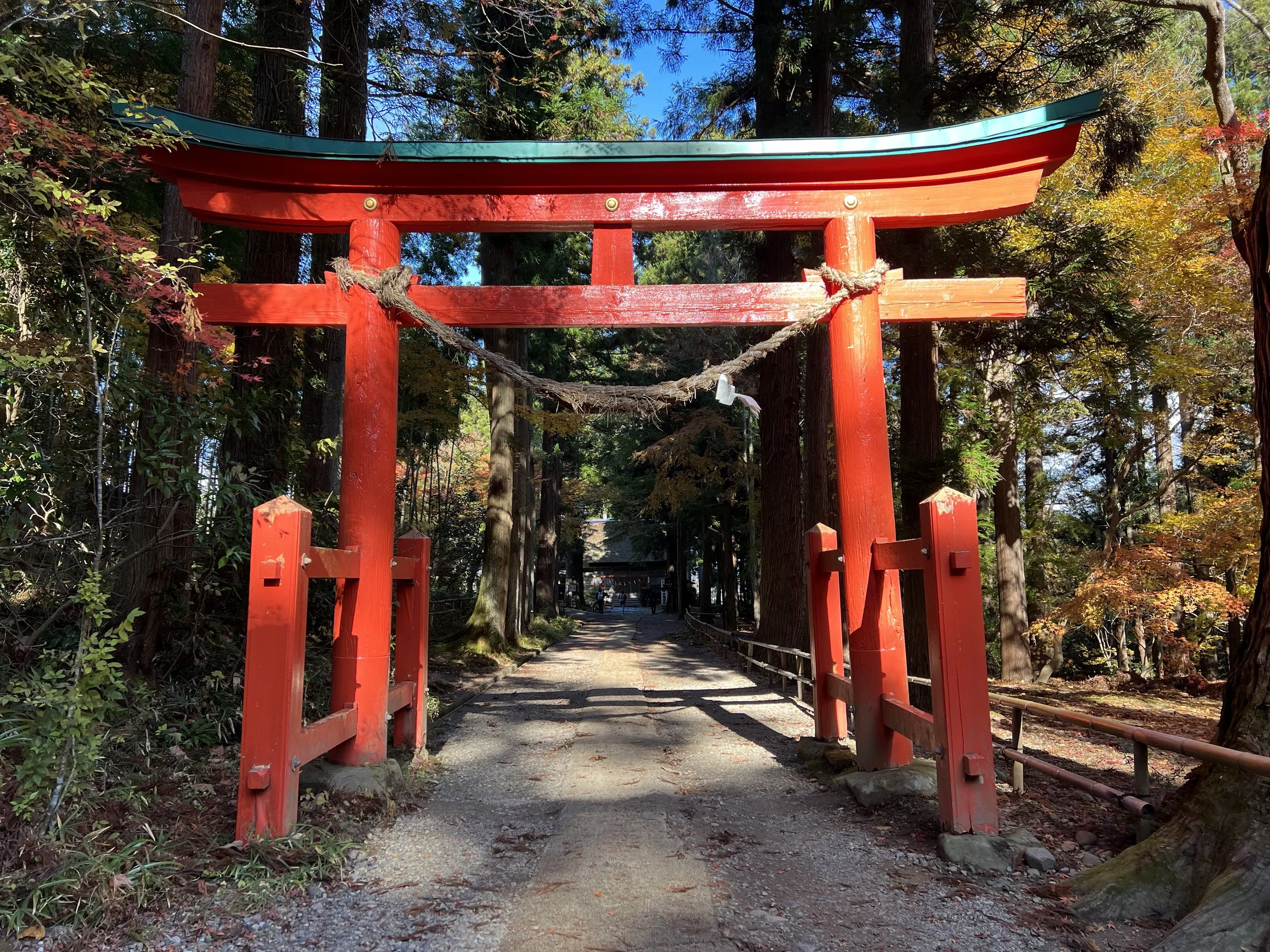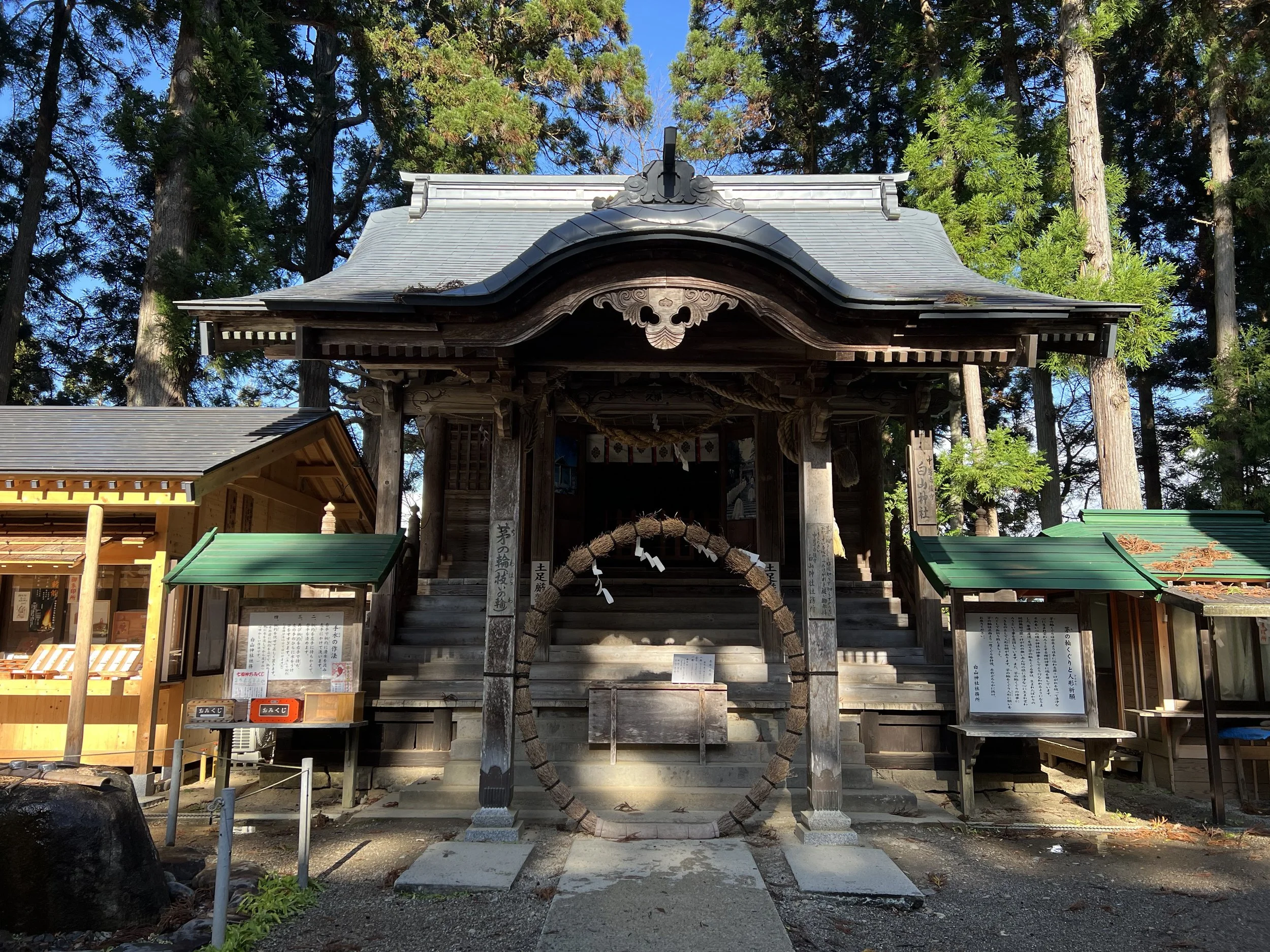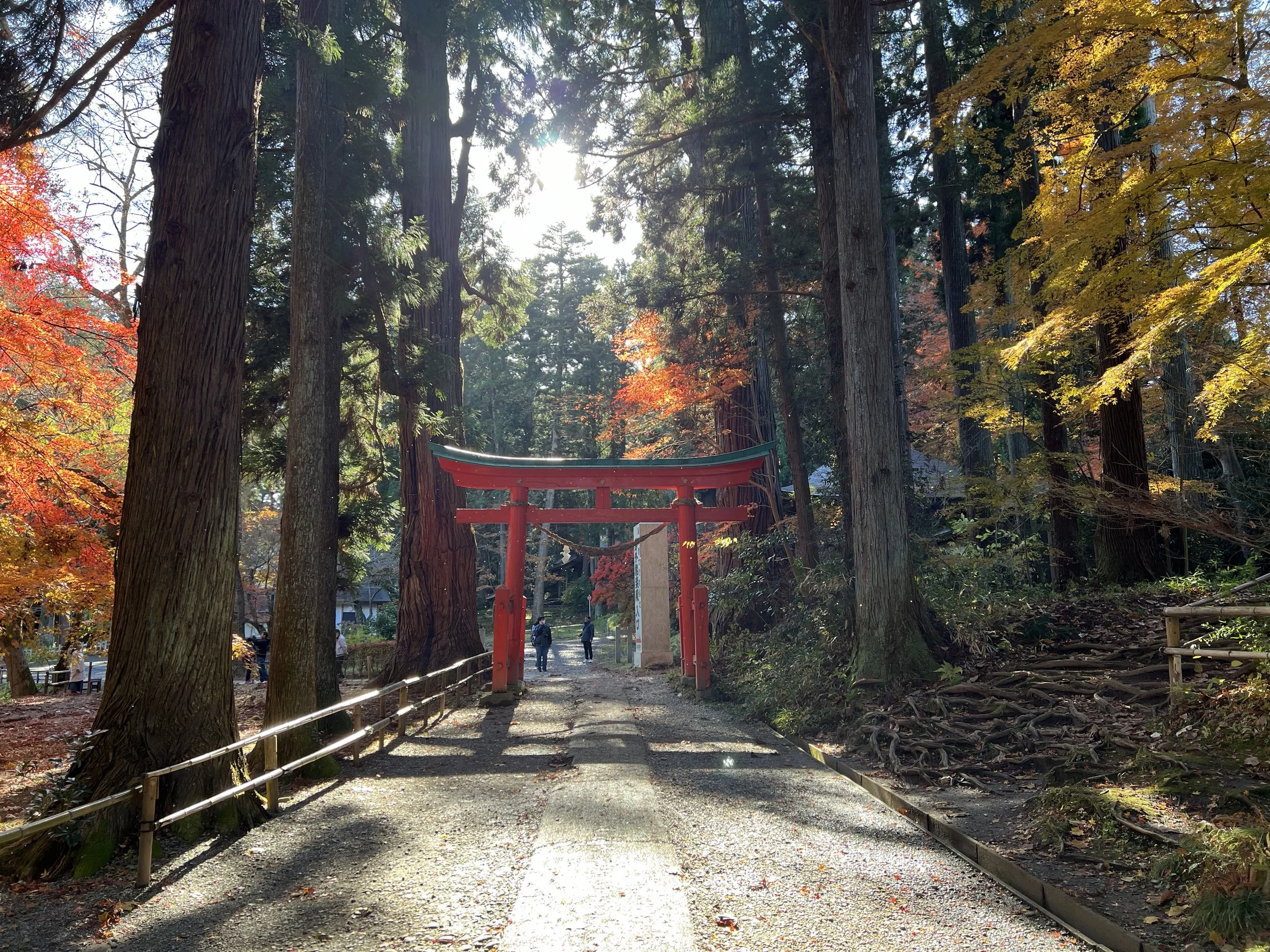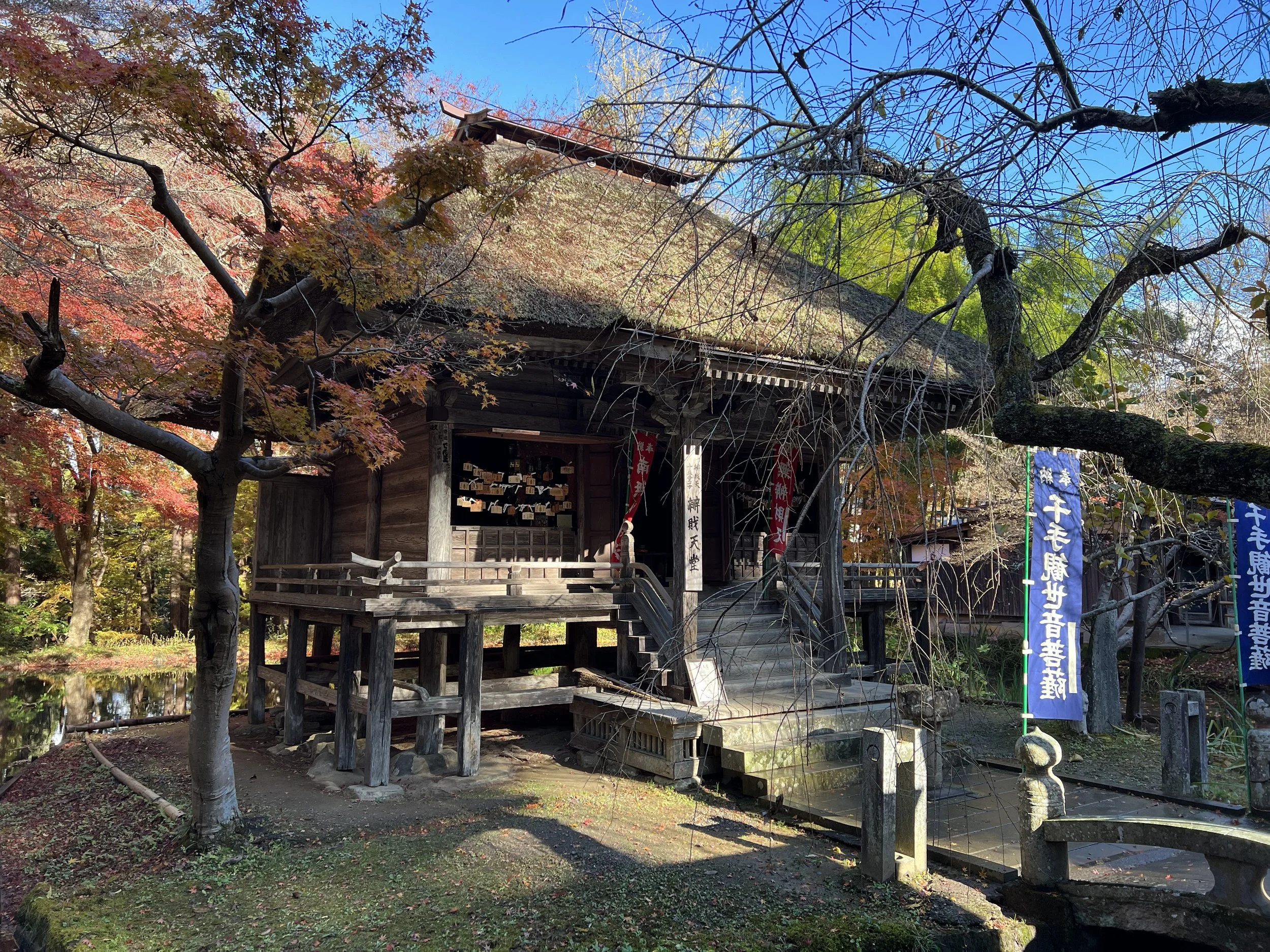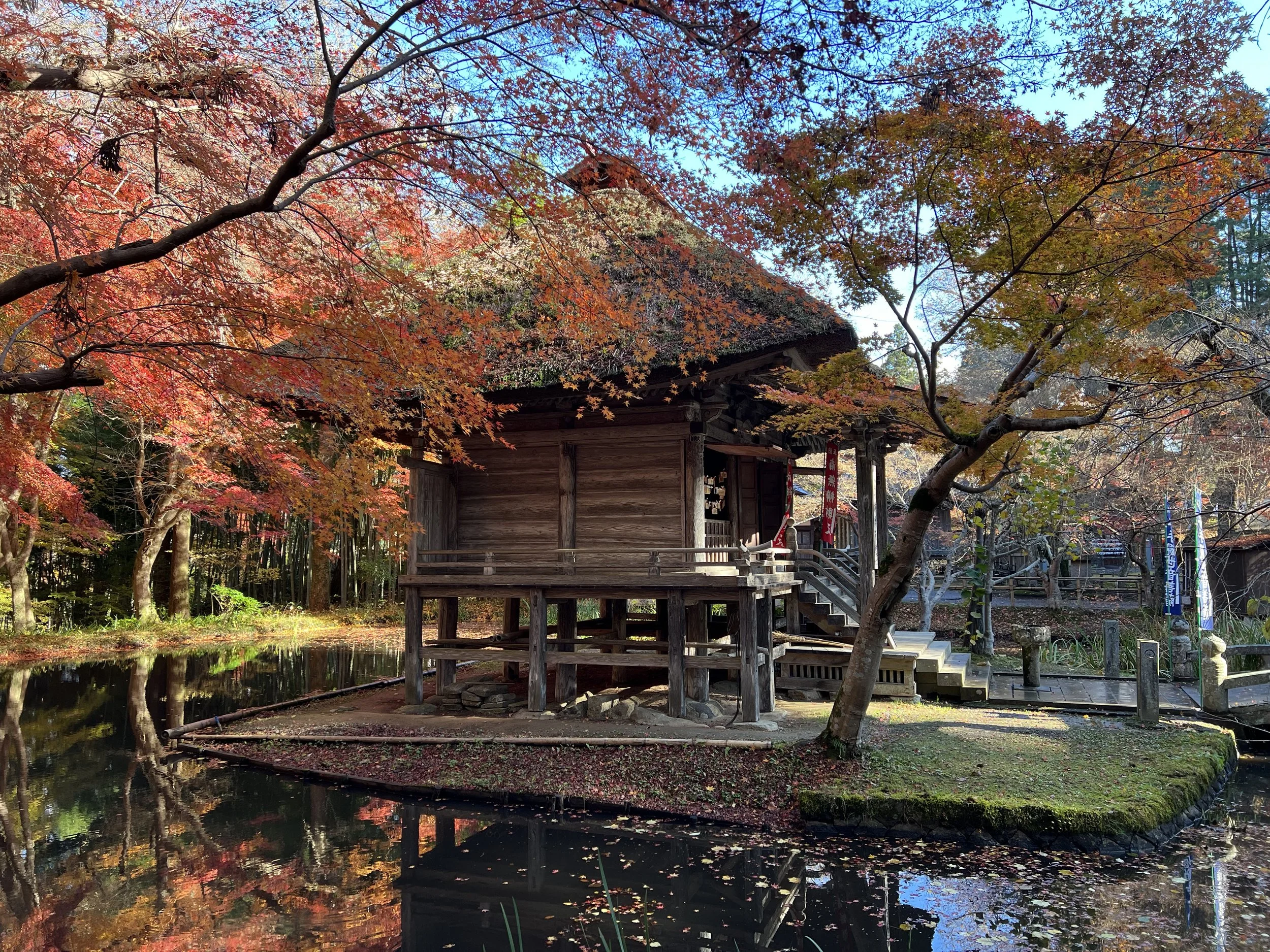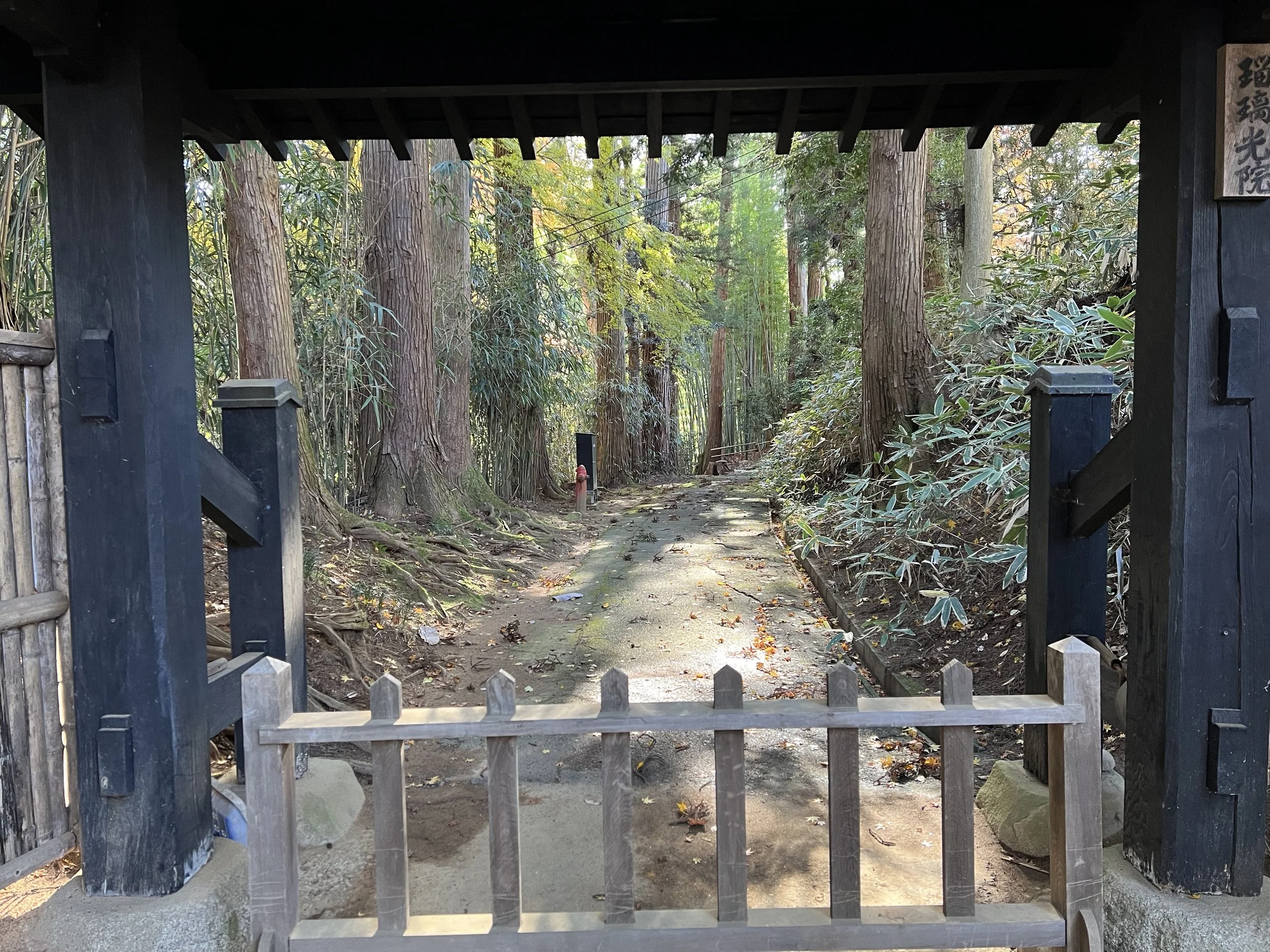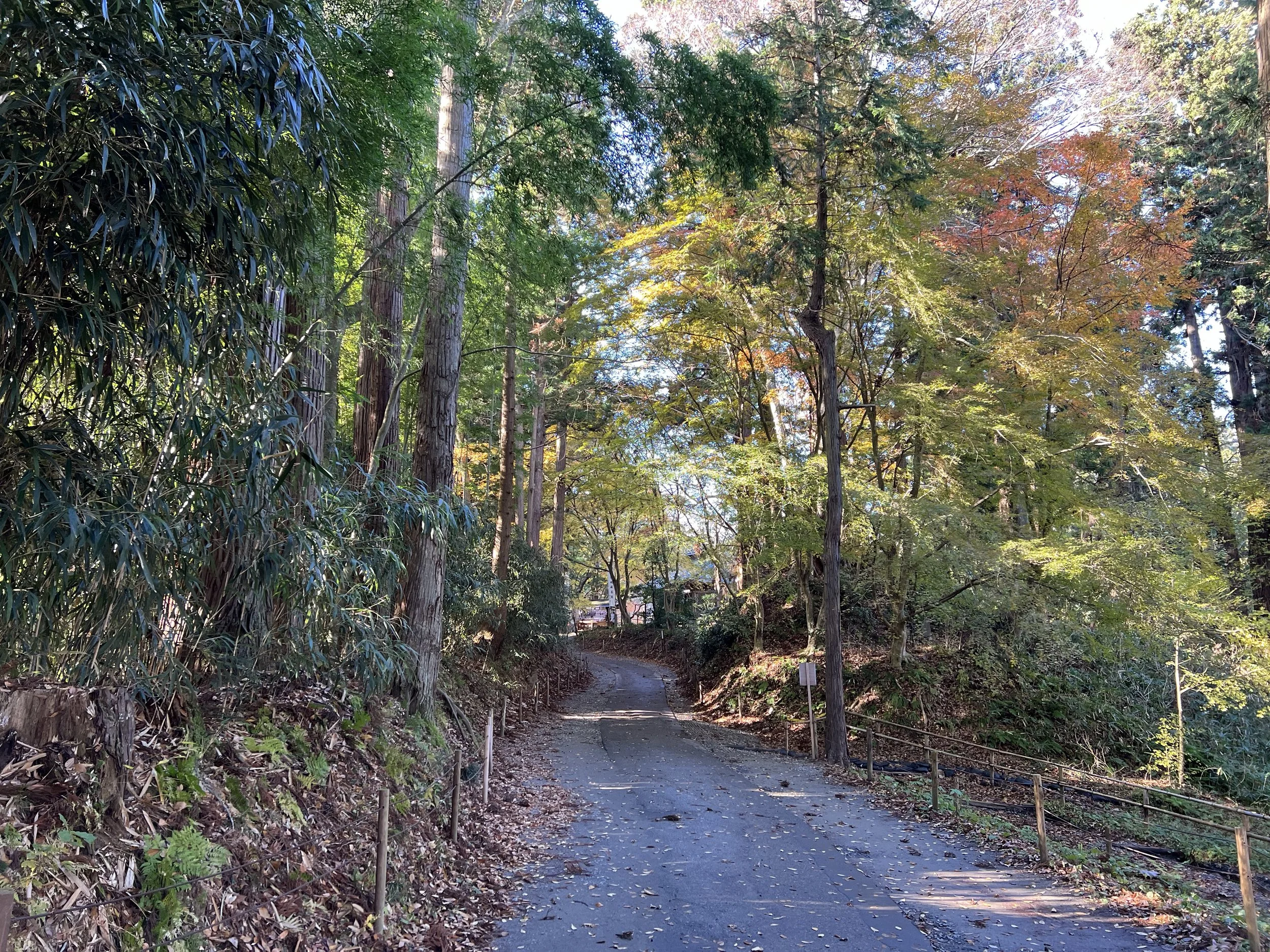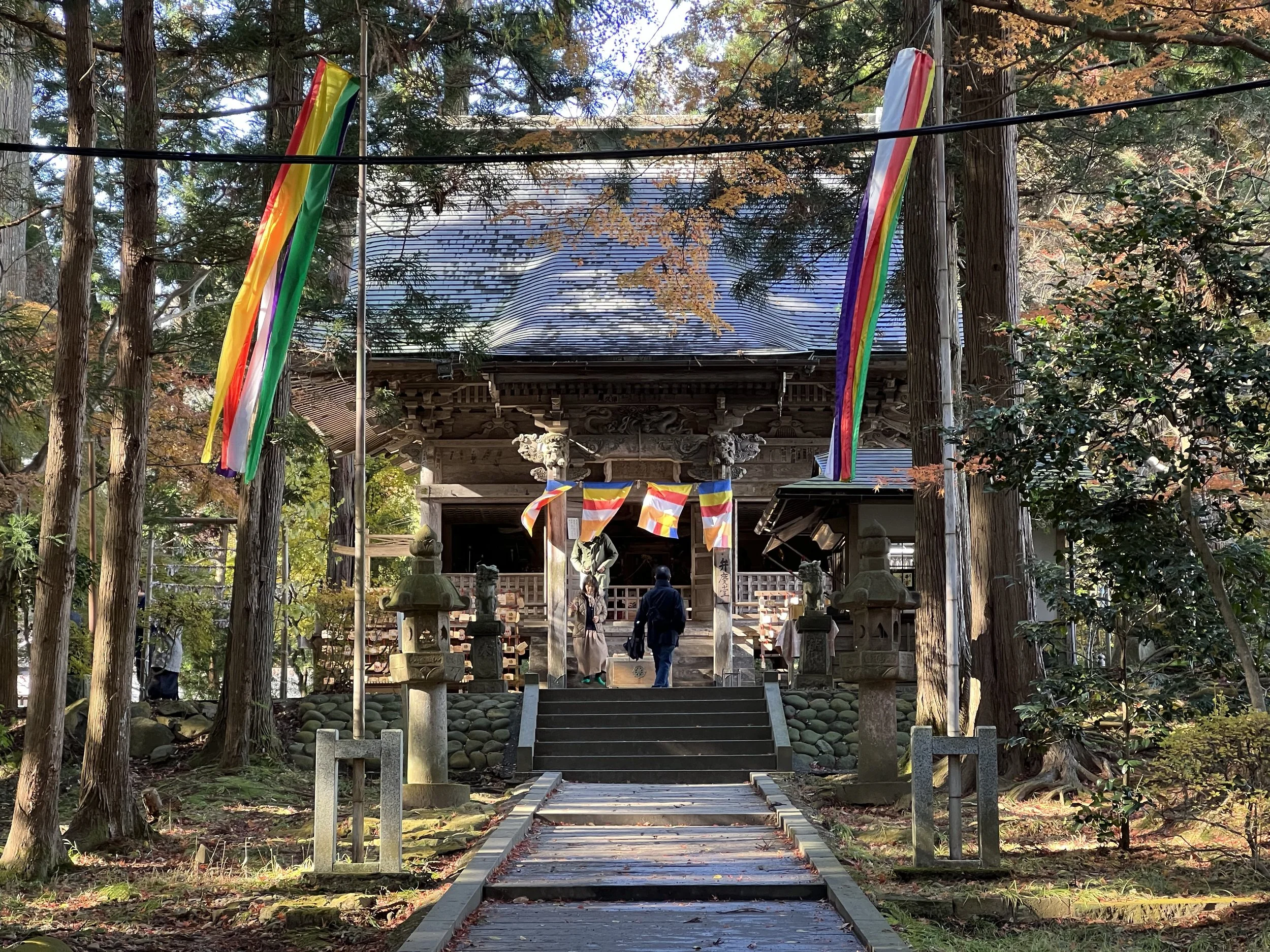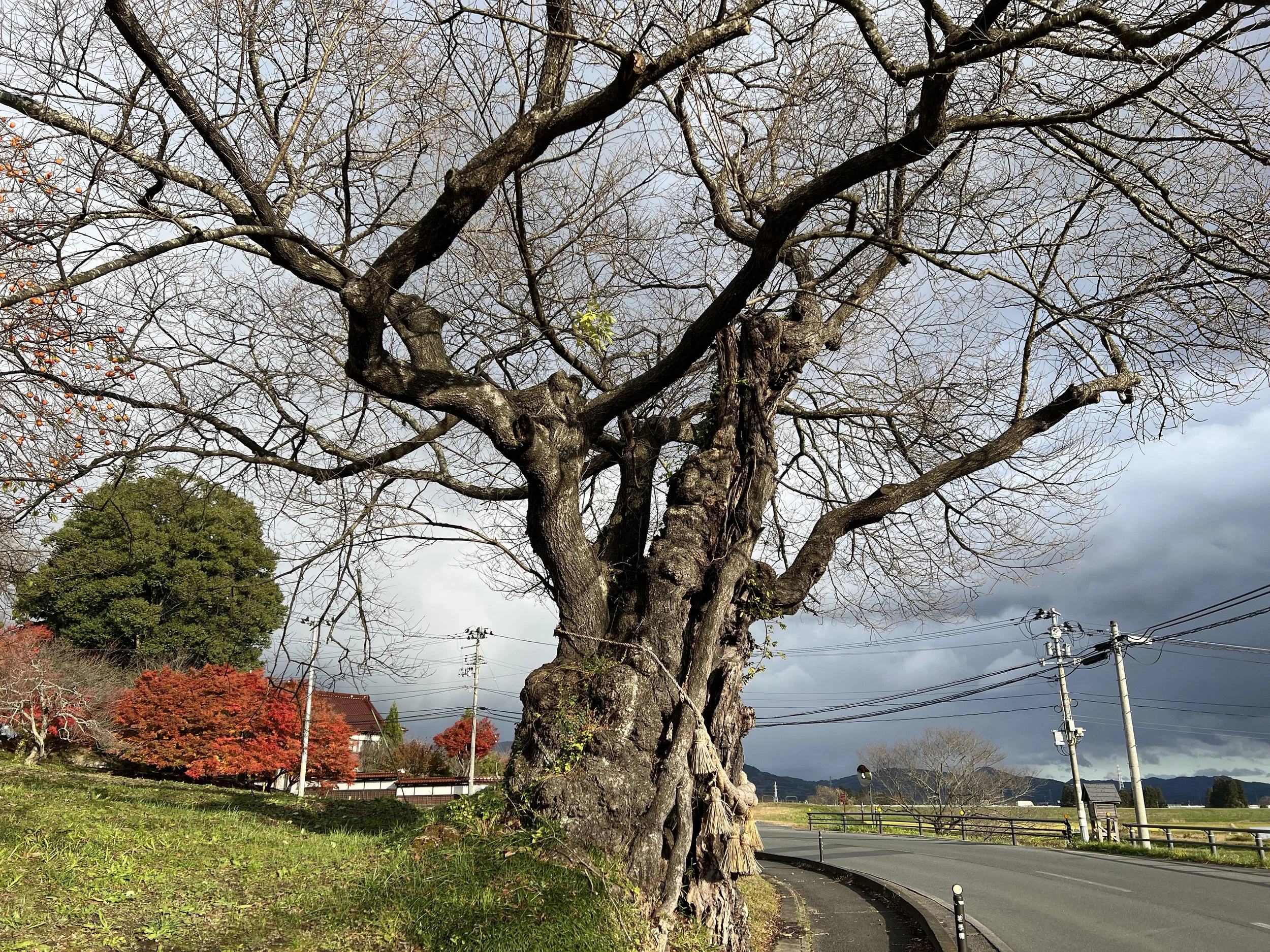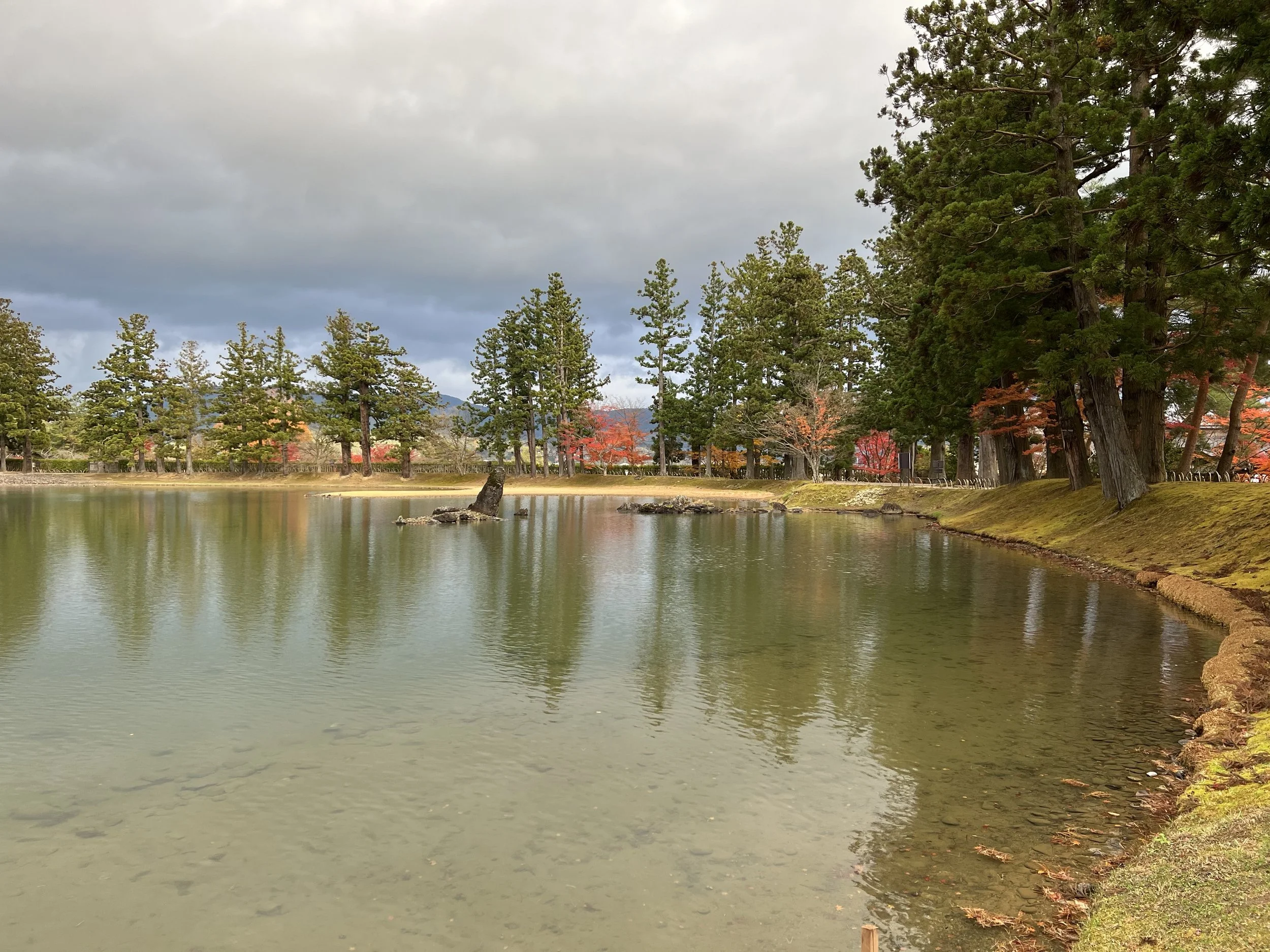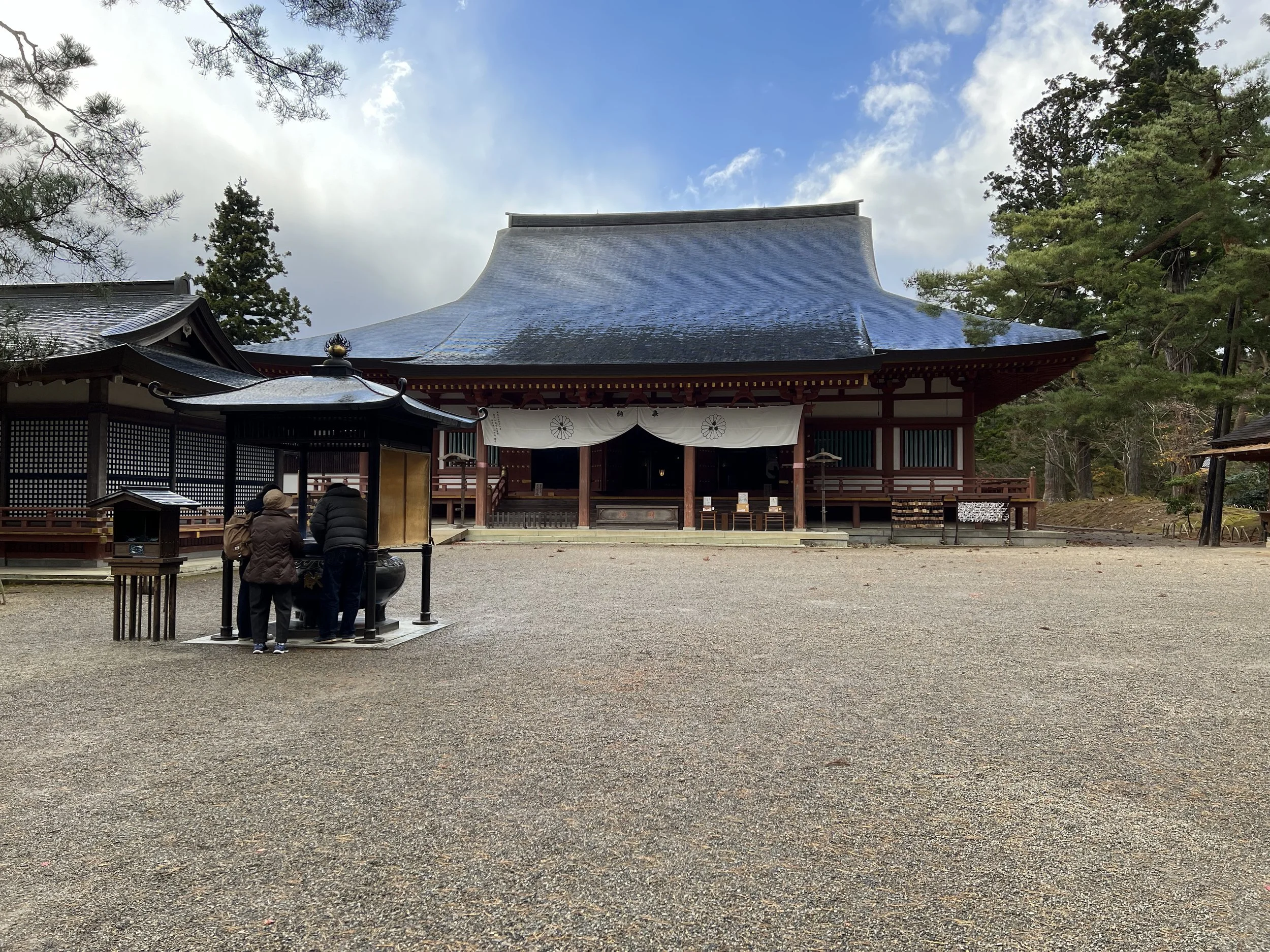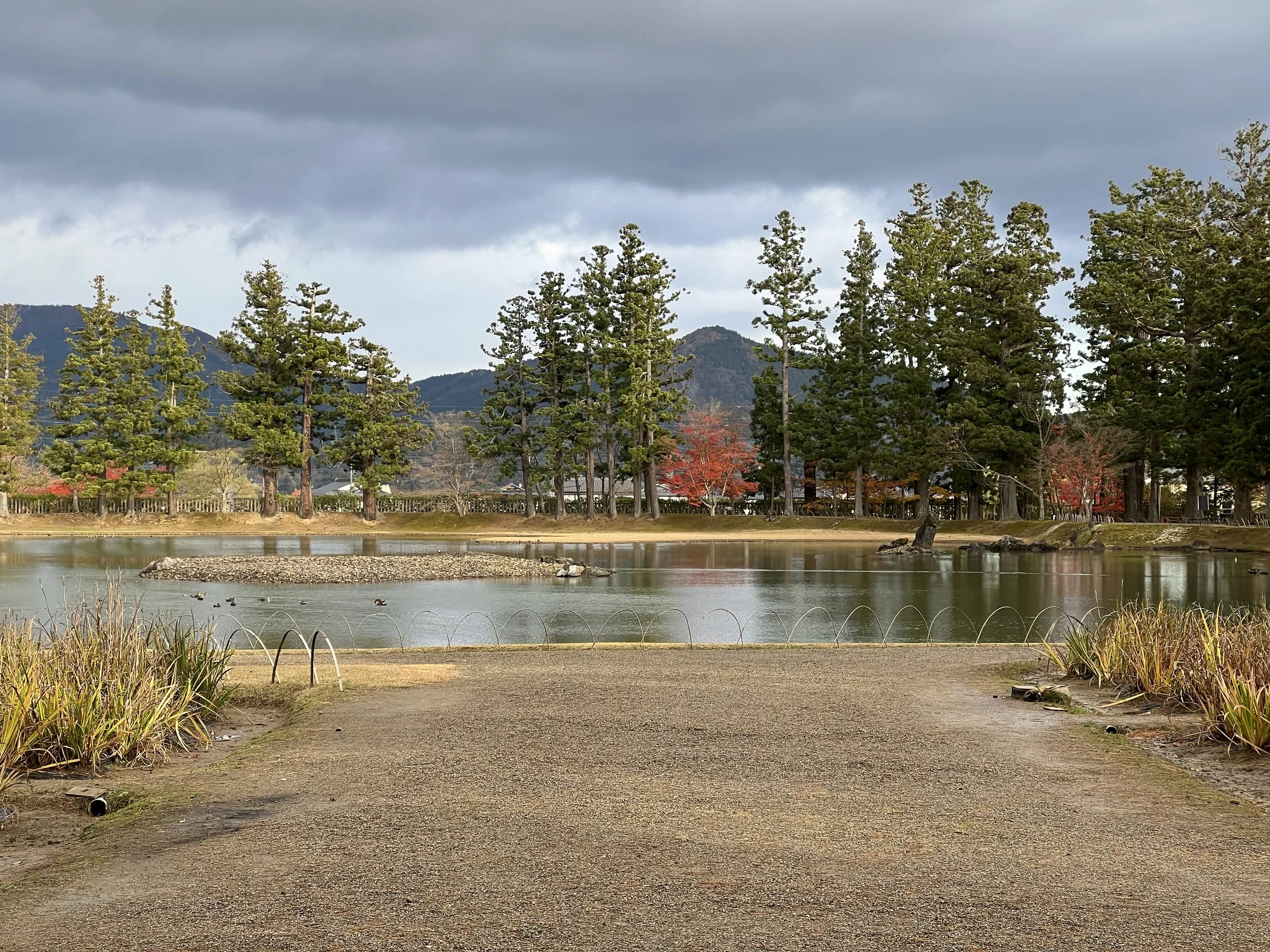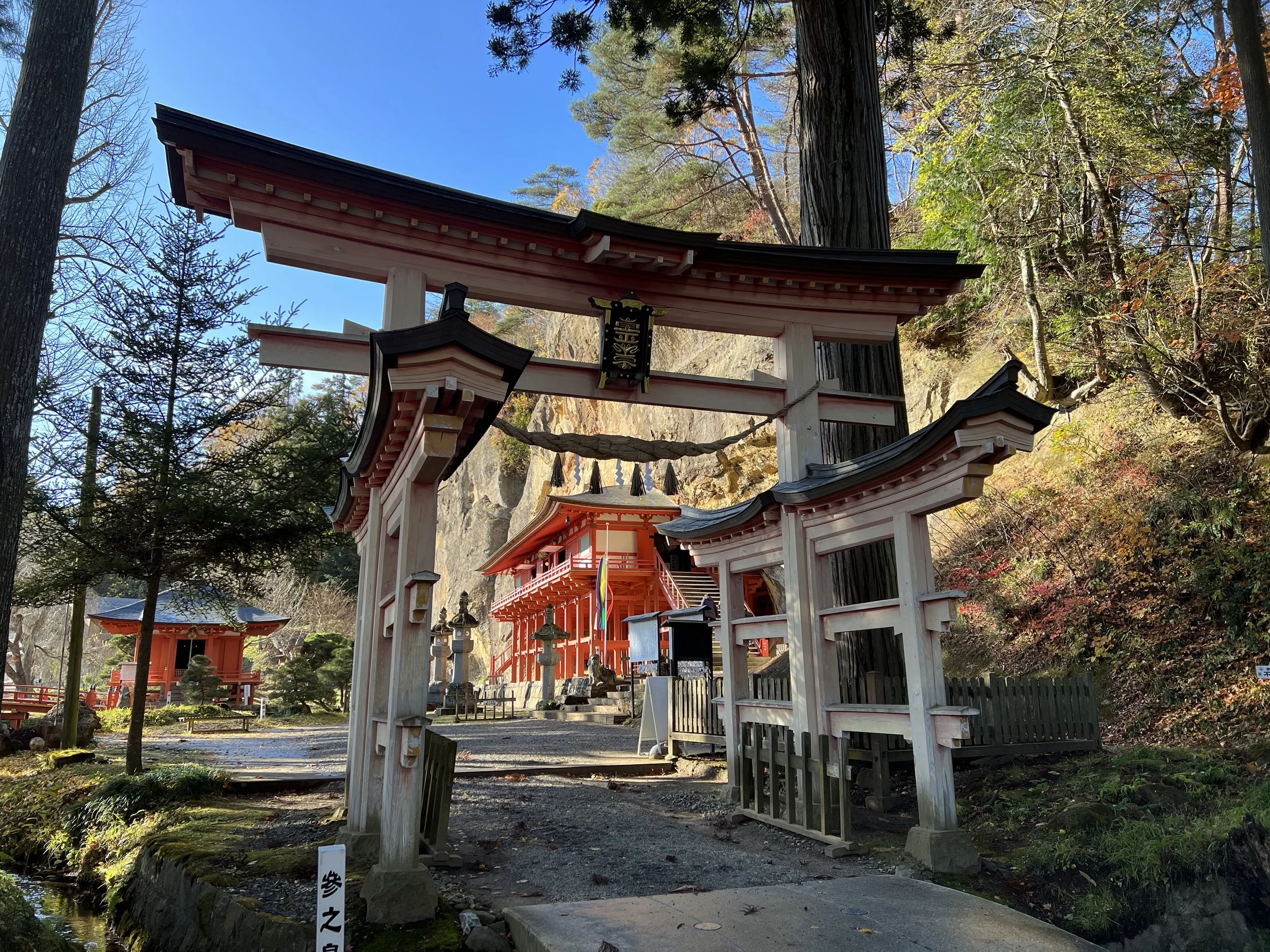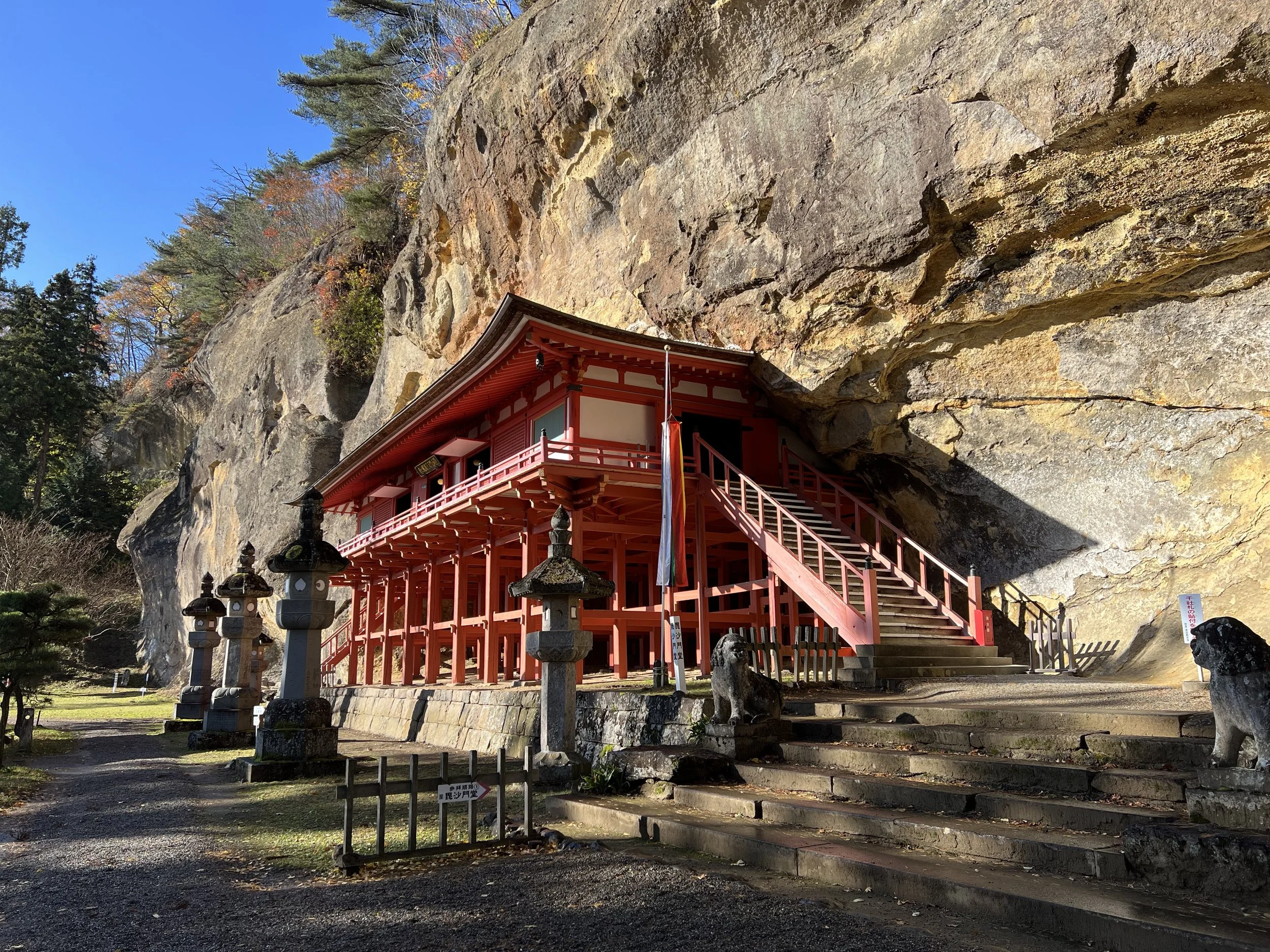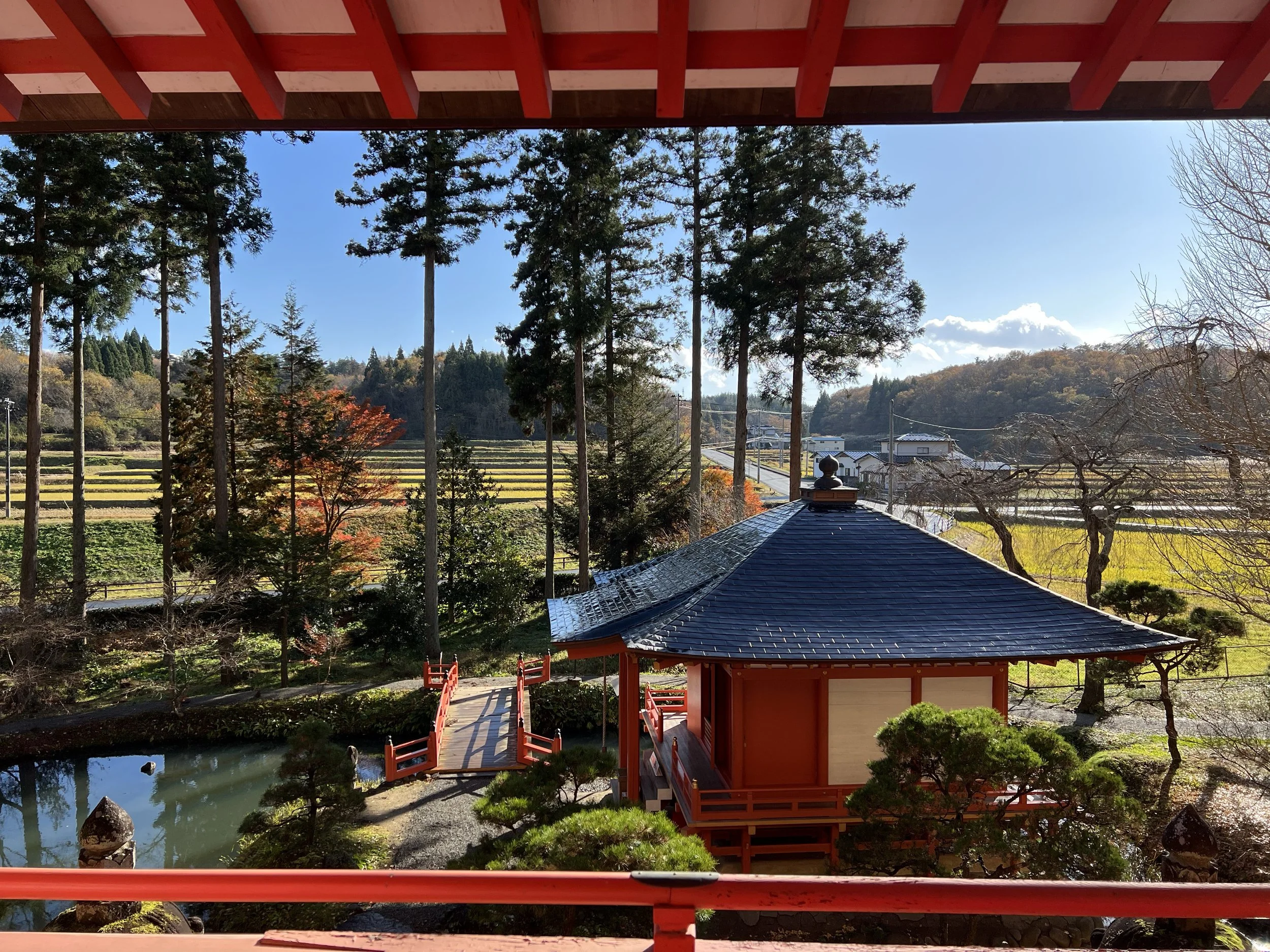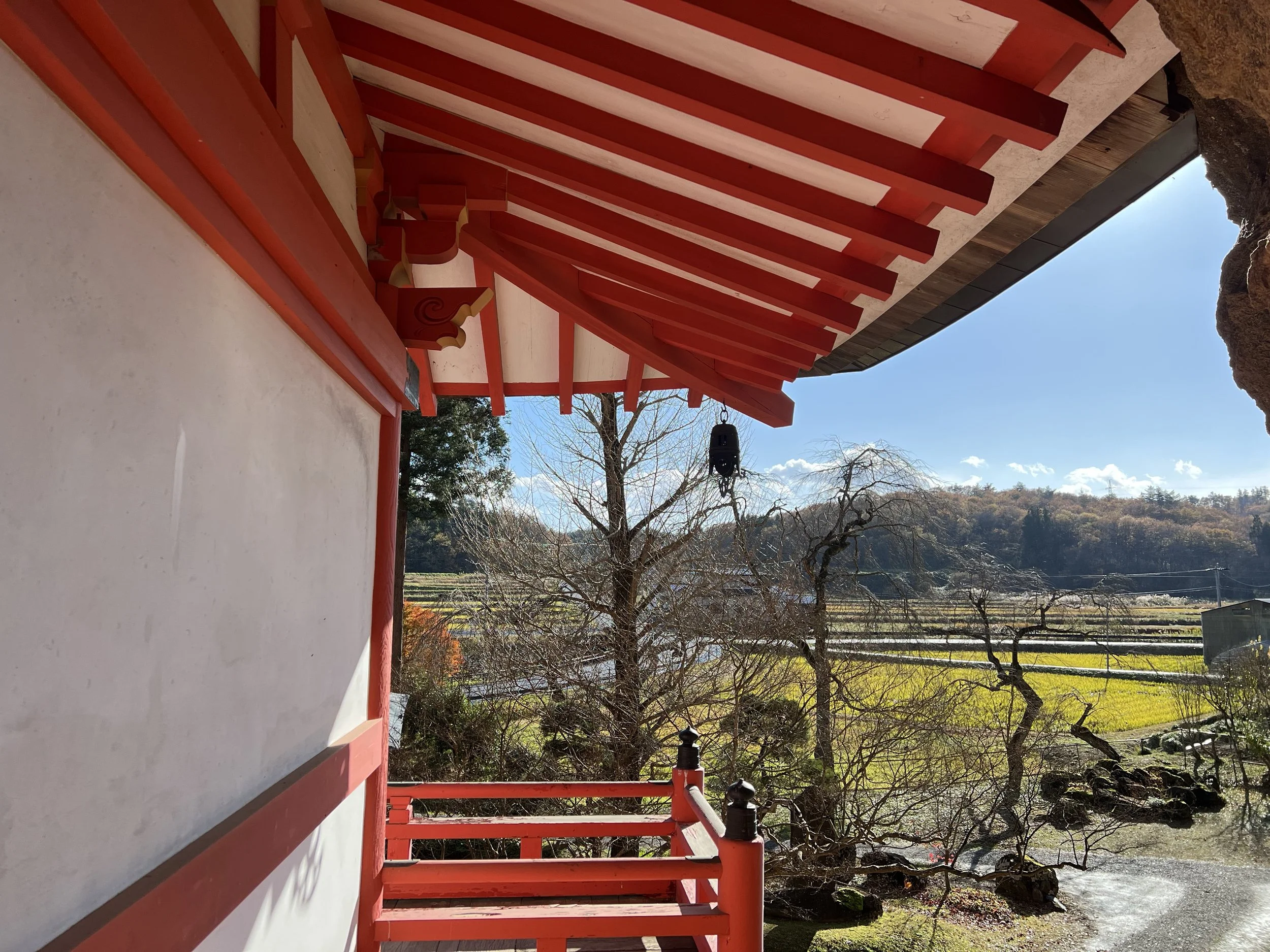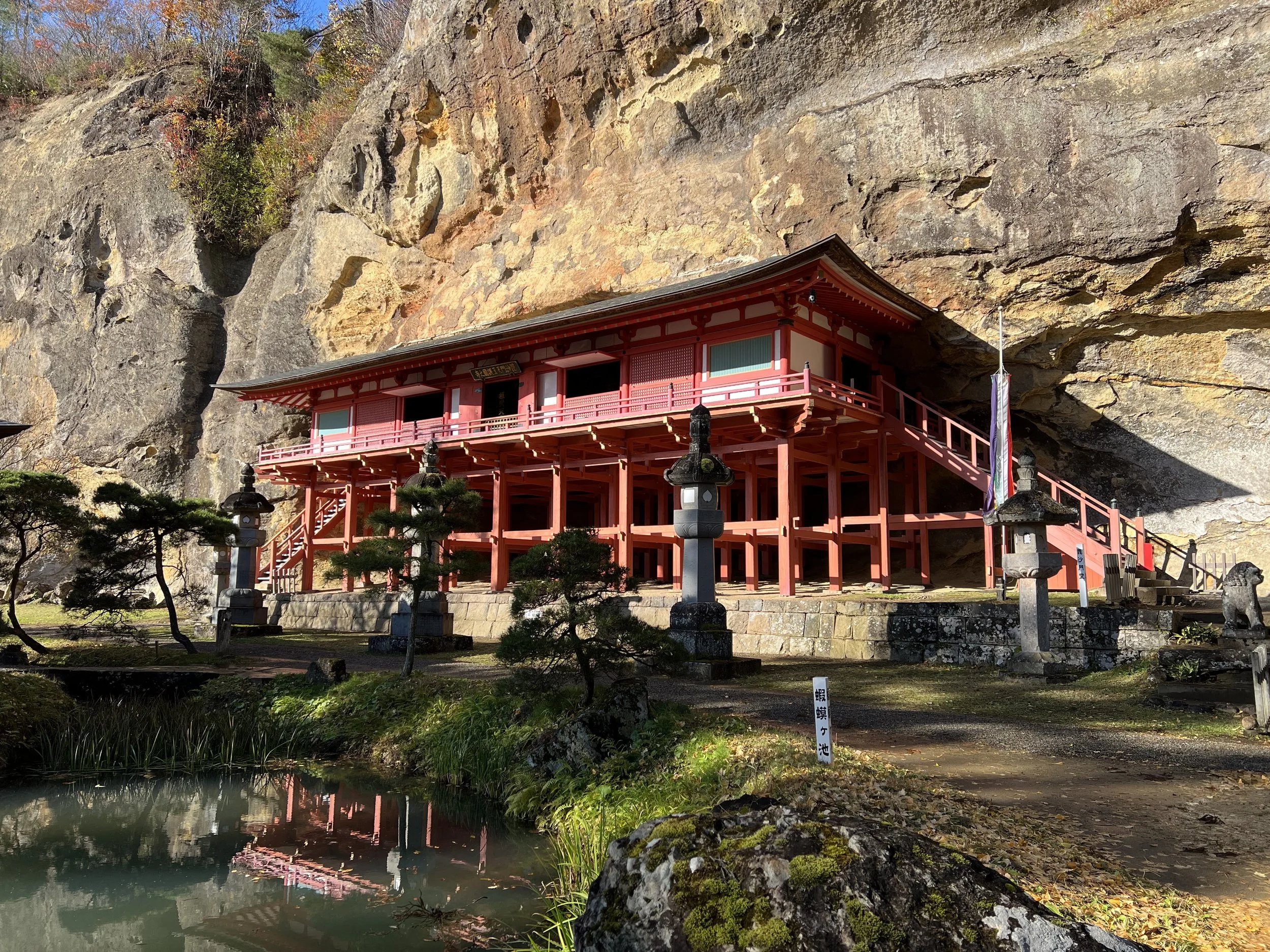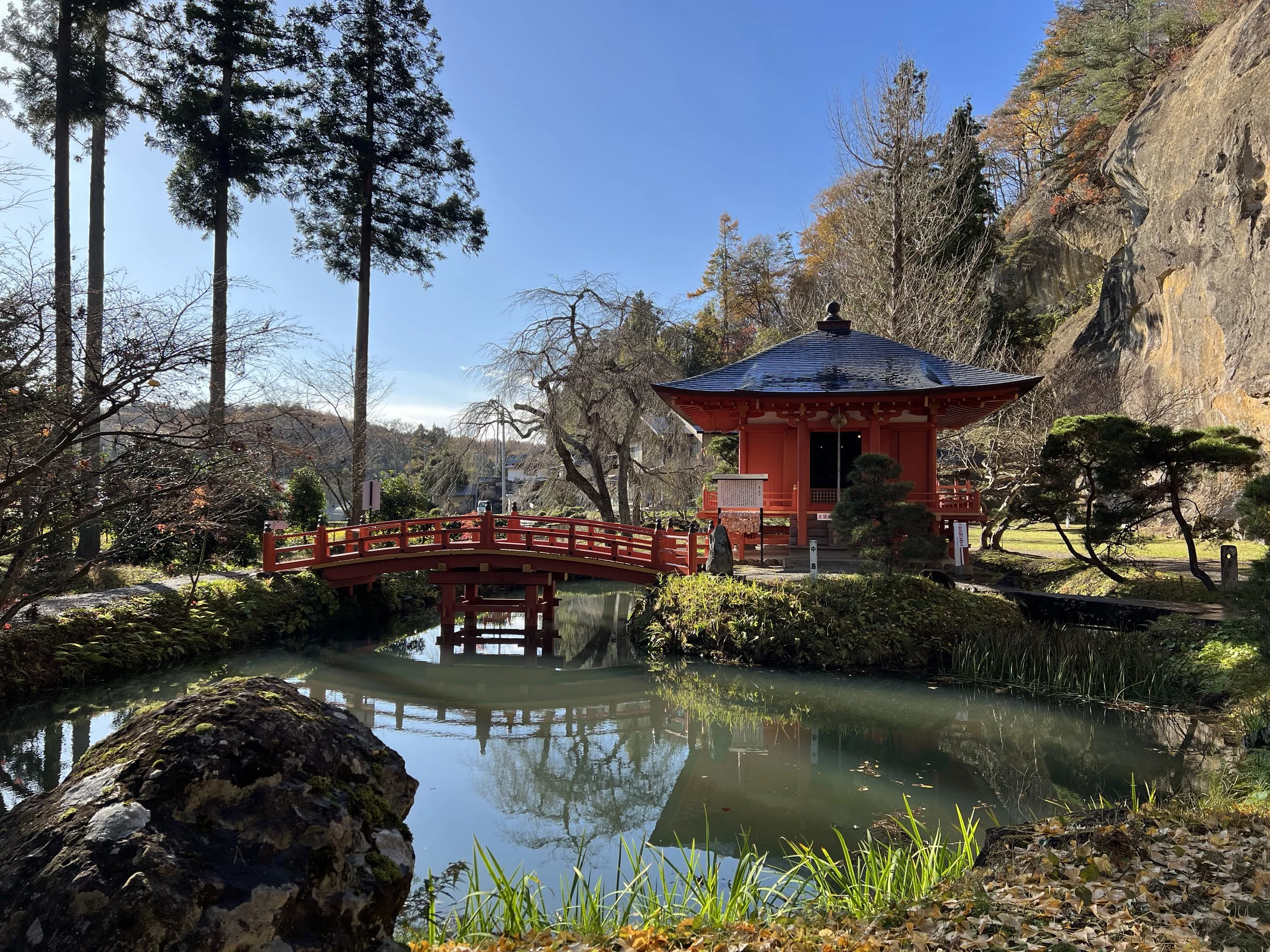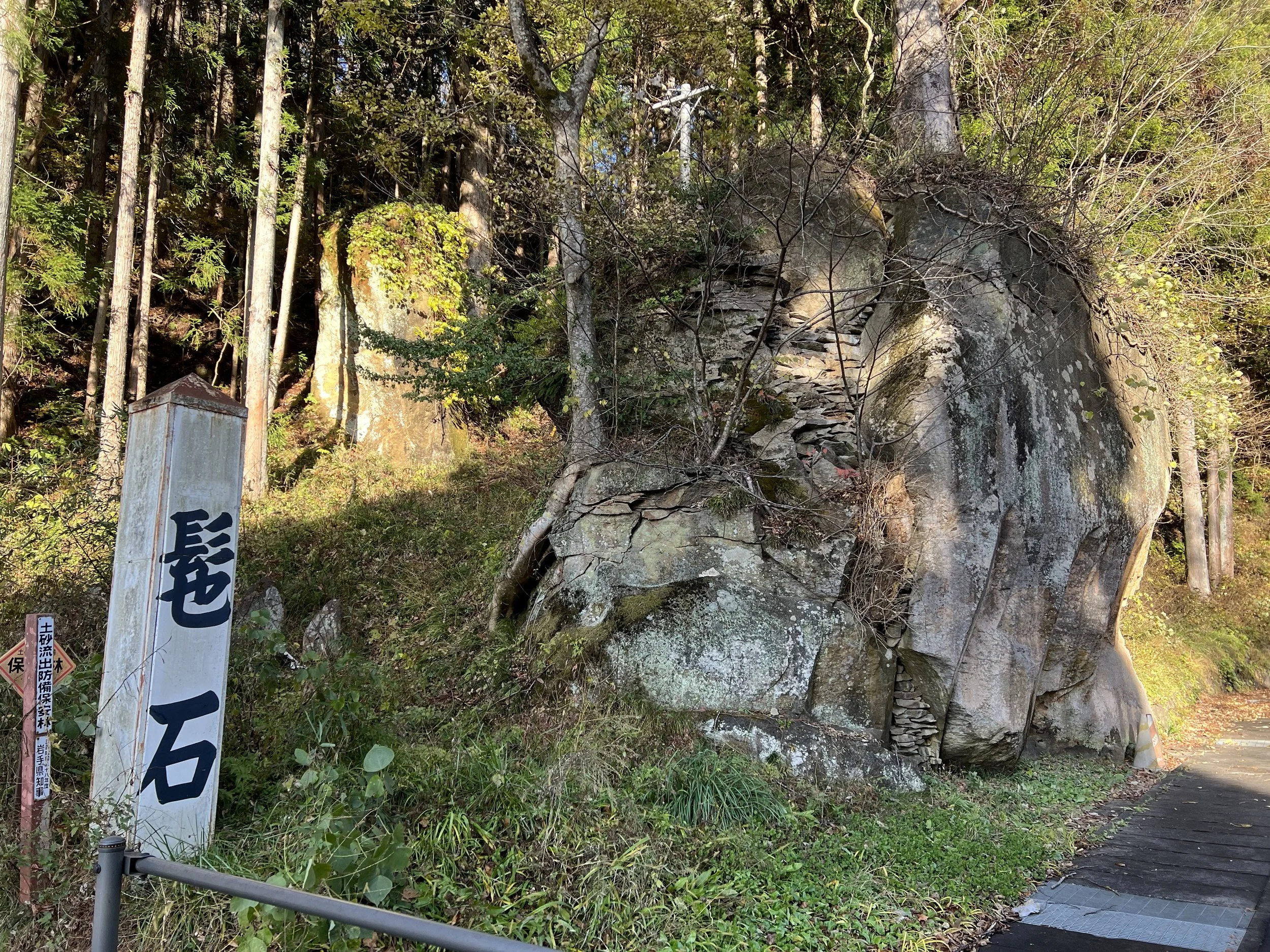Hiraizumi - Iwate, Japan
After visiting the beautiful Geibikei Gorge, I took the train from Geibikei Station toward Hiraizumi Station. The ride took a while since the trains are infrequent, but the scenery along the way made the wait worthwhile. Once I arrived in Hiraizumi, I looked into taking a bus to Chusonji Temple, but the timing didn’t line up, so I decided to walk instead. The walk from Hiraizumi Station to Chusonji Temple was pleasant and gave me a chance to enjoy the peaceful countryside atmosphere.
One of the main reasons I wanted to visit Chusonji Temple was to see its famous golden temple. From the entrance, there’s a gentle uphill path leading to the temple complex, passing smaller shrines, old cedar trees, and an observatory along the way. Chusonji Temple was founded in 850 as a temple of the Tendai sect of Buddhism. Its highlight, the Konjikido Hall, dates back to 1124 and is entirely covered in gold—similar to Kyoto’s famous Kinkakuji (Golden Pavilion).
Photos are not allowed inside Konjikido Hall, but standing before its glittering interior was a breathtaking experience—a true “wow” moment. After exploring the main hall, I wandered through the temple grounds, visiting other smaller temples and buildings scattered around the area. I took plenty of photos before continuing my walk toward Takkoku-no-Iwaya Bishamondou.
Takkoku-no-Iwaya Bishamondou is about 7 kilometers from Chusonji Temple. Since there were no bus options and I didn’t want to take a taxi, I decided to walk. The route was mostly flat and scenic, with stretches of countryside views that made the journey enjoyable.
This temple is built partially into the cliffside and dedicated to Bishamonten, the god of warriors. The site dates back to the 9th century and has a small garden with a pond offering a tranquil view from the temple. A short five-minute walk away, there’s another small temple worth a visit. After spending some time exploring the grounds, I started making my way back toward town.
Before returning to the train station, I stopped at Motsuji Temple. Today, Motsuji is best known for its beautiful garden—one of the few remaining Pure Land gardens in Japan. This garden style, popular during the Heian Period, was designed to represent the Buddhist concept of the Pure Land, or paradise. The garden is centered around a large pond surrounded by temple buildings and scenic pathways.
I took a leisurely stroll around the pond, stopping to admire the different structures and the peaceful atmosphere. Nearby, the treasure hall displays Motsuji’s historical and cultural artifacts, which I explored before heading back toward the station.
Although Hiraizumi is a small town, it’s rich in history and home to several significant cultural sites. Walking through its temples and gardens felt like stepping back in time, making it a truly memorable visit.
Route Detail
Itinerary: Hirazumi Station 平泉駅 → Chusonji Temple 中尊寺 本堂 → Takkoku-no-iwaya bishamondou 達谷窟毘沙門堂 → Motsuji Temple 毛越寺 → Hirazumi Station
Distance: 18.9km out & back from Hiraizumi Station
Total elevation gain: 83m
Time: 3h 56m (total time with breaks 4h 28m)
Difficulty: Moderate
Transportation & Miscellaneous
Train from Geibikei Station to Hiraizumi Station ¥590
Café ¥700
